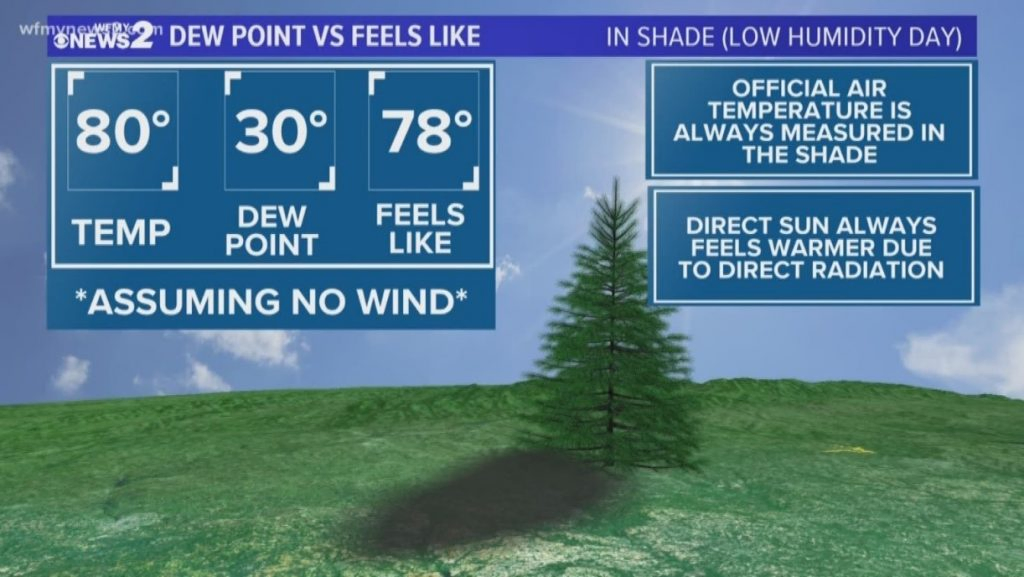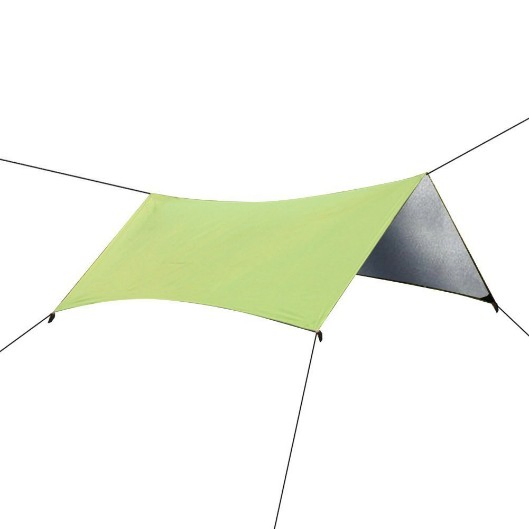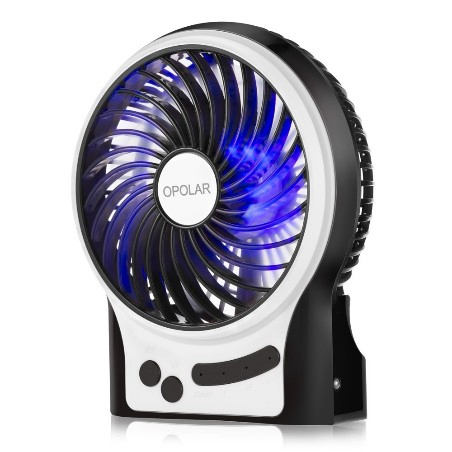Camping in the midst of the warm months can be challenging and disrupt your REM cycle and sleep quality. I’ve experienced some sleepless nights trying to get comfortable in a stuffy sleeping bag, so I wanted to organize some ideas for how to keep a tent cool in summer.
16 Ways to Cool a Tent
#1 Choosing the Right Tent
| Meterial | Breathability | Weight | Cost |
|---|---|---|---|
| Canvas | Best | Heavy | High |
| Cotton | Best | Heavy | High |
| Poly-Cotton | Better | Moderate | Moderate |
| Polyester | Fair | Light | Low |
| Nylon | Fair | Light | Low |
When choosing a tent, look at its seasonal rating. If you just want a very basic tent, 1-season or 2-season tents may be an option. However, for a more versatile and durable option, you should consider a 3-season tent.
Tents rated as 1-season are thin and built only for summer weather. However, these are extremely basic tents and usually won’t even have a rain fly, so these aren’t a good choice if you may be hit with some showers. Similarly, 2-season tents, made for spring and summer, are also not built with very strong materials and cannot hold up in inclement weather.
Also, avoid 4- and 5-season tents. These are meant for colder winters and have multiple layers of heavier, thicker fabrics perfect for insulation.
For optimal summer camping, what you want to look for is a 3-season tent. These are well-ventilated, making them perfect for fall, spring, and summer. They are equipped to handle rain and wind. Some 3-season tents can even withstand very light snow for mild winter.
When selecting a tent, there are some important features to look for. Some tents come with “darkroom technology,” known for blocking out 90% of the sun’s rays and reducing the internal temperature of the tent by up to 10 degrees Fahrenheit. This can make a huge difference in your comfort level.
Look for tents with large mesh windows, screened doors, and a ground vent for improved air circulation. Basically, the more doors and windows, the better. These tents are designed so that the warmest air rises to the ceiling and gets pushed out, rather than sticking around. You can even find tents that have walls made almost entirely out of mesh for maximal ventilation.
Tents made of breathable fabrics, such as canvas or a cotton blend, may also feel less hot. Because cotton absorbs water, it can help prevent condensation and humidity inside the tent.
#2 Dig a Tent Pit

Digging a trench or pit for your tent can help keep you cool, as the floor of your tent will be in contact with the soil, which has been out of the sun. However, make sure you’re still in the shade, as the soil can heat up quite quickly.
- Folding survival shovel w/ pick – heavy duty carbon steel military style entrenching…
- Military style e-tool – 2lbs of powder coated carbon steel, tough pickaxe & sharp…
- Compact & portable – full 23″ long extended but only 9″ x 6″ when folded into…
- Multi-functional – shovels = great garden tools, backpacking gear and metal detector…
- The Last Shovel You Will Ever Need: At Rhino USA, We Stand Behind Our Products. If…
#3 Disassemble Your Tent During the Day
It’s best not to leave your tent up throughout the day, because the tent will absorb more heat that way and be very uncomfortable when you return to it later.

You should take down your tent when you wake up before the sunlight has a chance of damaging the fabrics or creating more heat inside the tent.
After you’ve taken down your tent, be sure to store it or pack it away in a shaded place.
Here’s a video demonstration of disassembling a tent:
#4 Set Up Your Tent in the Shade

Avoid setting up the tent in direct sunlight, because being directly in the sun can make you feel warmer by 10 to 15 degrees Fahrenheit. Find a spot shaded by trees on all sides, if possible, to reduce your tent’s exposure to the sun’s rays.
#5 Use a Reflective Sun Shade

Another way to reduce your tent’s exposure to the sun is to use a reflective tarp. Find two sturdy trees and tie the tarp between them so that it hovers over the top of your tent, creating a shady area. Leave at least 1 foot of space between the tarp and your tent for air circulation.
Alternatively, push stakes into the ground, tie a paracord between them, and drape the reflective tarp over the paracord to create a pyramidal shelter against the sun.
#6 Make Use of the Breeze

After you’ve determined which way the wind is blowing, set up your tent so that the door or largest window is facing towards the breeze. For maximum airflow, open up all of the doors, windows, and vents of your tent.
You can leave the mesh sections closed so that insects don’t fly in.
#7 Remove Your Rain Fly

The rain fly on your tent can prevent effective air movement, so it’s best to remove it if you’re trying to keep cool. Removal of the rain fly will allow a breeze to flow through the tent, because the mesh walls will be exposed. This will prevent condensation and humidity inside the tent also.
If you are expecting some showers, instead of using the rainfly, you can tie a tarp over the top of your tent between two trees to create a rain shelter. This will allow the air to flow while still creating a safe space from the rain.
#8 Get a Portable Fan

You might consider buying a portable fan to cool your tent even further. If your campsite has electric hookups, you can find fans that run on electricity. Others run on batteries, making them more portable and appropriate for backpacking.
You can even place a cooler or a pan full of ice in front of the fan so that the cold air is blown all over the inside of your tent.
For backpacking purposes, these fans should be extremely lightweight, and some of them may attach to the walls or ceiling of your tent for more effective airflow.
Here are a couple of videos about some tent fans:
#9 Try Sleeping in a Hammock
If you sleep with your body lifted off the ground in a hammock, air can circulate under and around you more effectively, preventing you from overheating.

To set up your hammock effectively, locate two strong, healthy trees that you can use without disturbing wildlife or damaging the trees. Tie the hammock so that it hangs with an approximately 30-degree angle between the straps and the ground. This will help prevent unnecessary tension and constriction when you lie in it.
Your hammock should be about 1.5 feet off the ground. Make sure that it’s not so high up that you will be injured if you fall out.
The best hammocks for keeping you cool will be constructed of a breathable, moisture-wicking fabric, such as canvas nylon, as discussed earlier. For extra comfort, you can fill a water bottle with cold water and sleep with it next to you.
Check out this video for some tips on sleeping comfortably in a hammock while camping:
#10 Drink Lots of Water

To cool off in hot weather, one of your body’s natural thermoregulation responses is the evaporation of sweat from your skin. This causes water loss. If you sweat too much, you can become dehydrated.
Early signs of dehydration include dry mouth, but later, more dangerous symptoms include lethargy, confusion, and worse. Therefore, you must drink enough water to make up for the water lost in sweat. Drink water regularly rather than waiting until you feel thirsty.
If you are sweating a lot, it can be a good idea to replace some lost electrolytes with sports drinks.
It’s important to note that certain foods also contain extra water to keep you hydrated, such as celery, cucumbers, apples, watermelon, cantaloupe, strawberries, peaches, and oranges. If you can eat some of these throughout the day, they will supplement your water intake.
#11 Soak a Towel and Lay it Across Your Forehead or Neck

If you can find a river or other clean body of water, soak a towel and place it across your shoulders to cool down your neck. If you have access to ice water, even better.
You can also lie down and place a cool, damp washcloth or small towel on your forehead to cool down effectively, similar to a cool compress for a fever.
#12 Take a Shower Before Going to Sleep
Humans are the most “thermoneutral” if the environmental temperature is around 82 degrees Fahrenheit.
In warm environments, sensory receptors in the skin detect the increased heat and send a message to the brain. The brain then sends signals to cause more blood flow to the skin and sweat glands to cool down.
In these ways, our body’s temperature regulation helps keep our core temperature as stable as possible. As we mentioned, it all starts with sensory receptors in the skin, which then sends signals to the brain that we are too hot. This is why it’s important to cool off our skin if we’re trying to regulate our temperature.
You can certainly take a cold shower to feel like you are cooled off immediately. However, you don’t want to cool off your skin too much, because this will inhibit your body’s natural temperature control mechanisms.
If you take too cold of a shower, your brain will think that your body is losing too much heat. You will feel cooler immediately in the shower, but your core body temperature will increase because your skin is now sending signals to retain heat. This will lead to a warmer feeling after you leave the shower.
Because of this, the best temperature for your shower is about 82 degrees Fahrenheit, which, as mentioned, is the temperature at which our body is most thermoneutral.
Even if you don’t have access to a shower, taking a dip in a clean water source, such as a lake, may also be effective.
#13 Pack Only Light-Colored Clothing

The light that we see is made of wavelengths, which create colors. If a shirt, for example, reflects red light, it will appear red to the human eye.
The sun emits electromagnetic radiation (ultraviolet light, visible light, and infrared light) through its rays.
Electromagnetic radiation from the sun causes molecules to move, creating heat. Because of this, the more wavelengths of electromagnetic radiation an object absorbs, the more heat it will attract.
A black shirt will absorb all visible wavelengths, meaning that it will retain the most heat. On the flip side, a white shirt reflects all visible wavelengths and absorbs none. This is what makes wearing a white shirt the best option for keeping you cool.
The colors in between black and white absorb and reflect different wavelengths of light. Darker colors, such as purples, blues, and greens, will absorb more wavelengths and retain more heat than lighter colors, such as red, orange, and yellow.
Another important aspect of clothing is the material it’s made from. You want to choose lightweight fabrics that allow airflow.
#14 Pack Jugs of Frozen Water
Having access to cold water can cool you off, as discussed earlier. If you have a frozen water jug, you can soak a hand towel in it and place it on your forehead. You can also wrap a towel around the frozen jug and keep it close to your body as you sleep, keeping you cool.
The frozen water can also come in handy if you have your tent fan. Place the water in front of the fan so that it circulates colder air throughout your tent.
#15 Use a Sheet Instead of a Sleeping Bag

A sheet allows more airflow while you are sleeping, while a sleeping bag may keep you too warm. Cotton sheets will be breathable and help you feel cooler all night. You can lay on top of your sleeping bag to have some softness underneath you.
Keep in mind that there are sleeping bags made for the summer heat. These bags will be more breathable and lightweight. Check the temperature rating before purchasing.
#16 Try to Sleep When It’s Dark
Not only will sleeping when it’s dark mean that you’re automatically cooler because the sun’s rays aren’t hitting you, but it will help your sleep quality.
Light awakens your mind and helps you feel alert and awake. In the evening, when it gets dark, more melatonin is produced, and your body’s “sleep clock” tells your brain that it is time to sleep. When this happens, your body relaxes and you feel drowsy. This enables you to sleep more soundly.
In other words, the darker your sleeping area, the more comfortably you can sleep.
Keeping Cool All Summer Long
Did you find this article helpful? Hopefully, you have some ideas to keep your camping experience more enjoyable. If you follow the above guidelines, you can keep cool even in the warmest of summers.
If you enjoyed this list, please share it with your camping buddies, and tell us what you think in the comments below!




